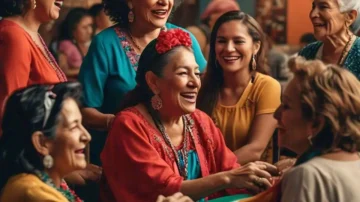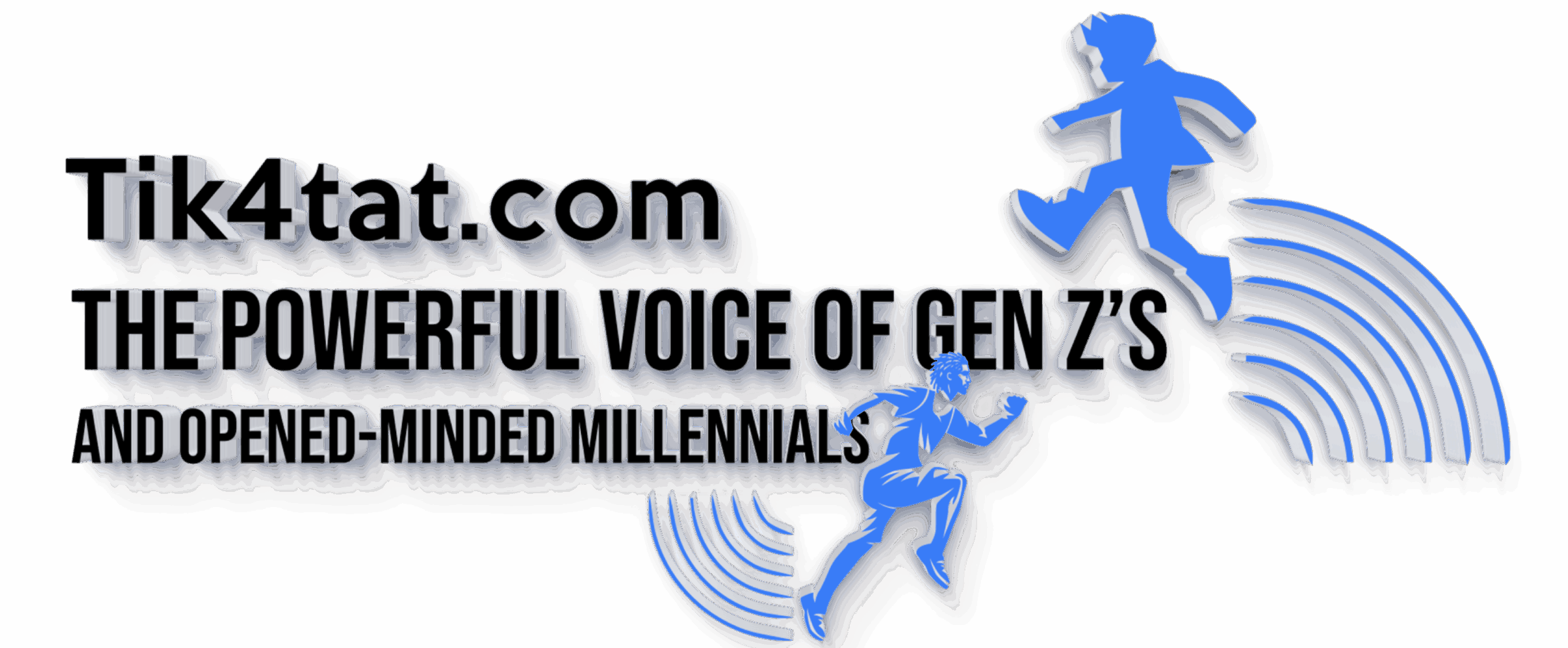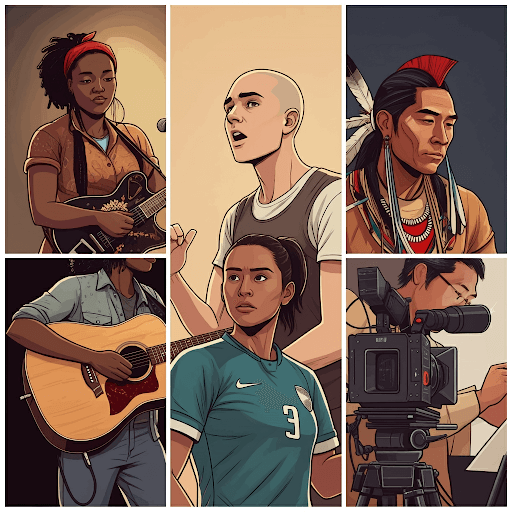Understanding Diversity of Latina Americans in the US

The term “Latina”
encompasses a diverse group of people from various countries and cultures. Here are some of the different Latina groups in the United States and their differences:
1. Mexican-Americans:
– Origin: Mexico
– Culture: Strong ties to Mexican culture, language, and traditions
– History: Long history of migration to the US, especially during the Mexican Revolution
2. Puerto Ricans:
– Origin: Puerto Rico
– Culture: Blend of Spanish, African, and indigenous Taino influences
– History: US citizens since 1917, with a unique political status
3. Cubans:
– Origin: Cuba
– Culture: Strong Cuban identity, influenced by Spanish and African roots
– History: Many fled Cuba after the 1959 revolution, seeking political asylum
4. Dominicans:
– Origin: Dominican Republic
– Culture: Mix of Spanish, African, and indigenous roots
– History: Large migration to the US in the 1960s and 1970s
5. Central Americans:
– Origin: Countries like El Salvador, Honduras, Guatemala, and Nicaragua
– Culture: Diverse, with indigenous, Spanish, and African influences
– History: Many fled civil wars and political unrest in the 1980s and 1990s
6. South Americans:
– Origin: Countries like Colombia, Peru, Ecuador, and Chile
– Culture: Rich cultural heritage, with indigenous, Spanish, and African roots
– History: Various migration patterns, including political and economic factors
7. Spanish Americans:
– Origin: Spain
– Culture: Strong Spanish heritage, with influences from various regions
– History: Early settlers in the US, with a significant presence in the Southwest
These groups have unique experiences, traditions, and cultural practices shaped by their country of origin, history, and social context. While sharing some commonalities, each group has its own distinct identity within the broader Latina/community.


